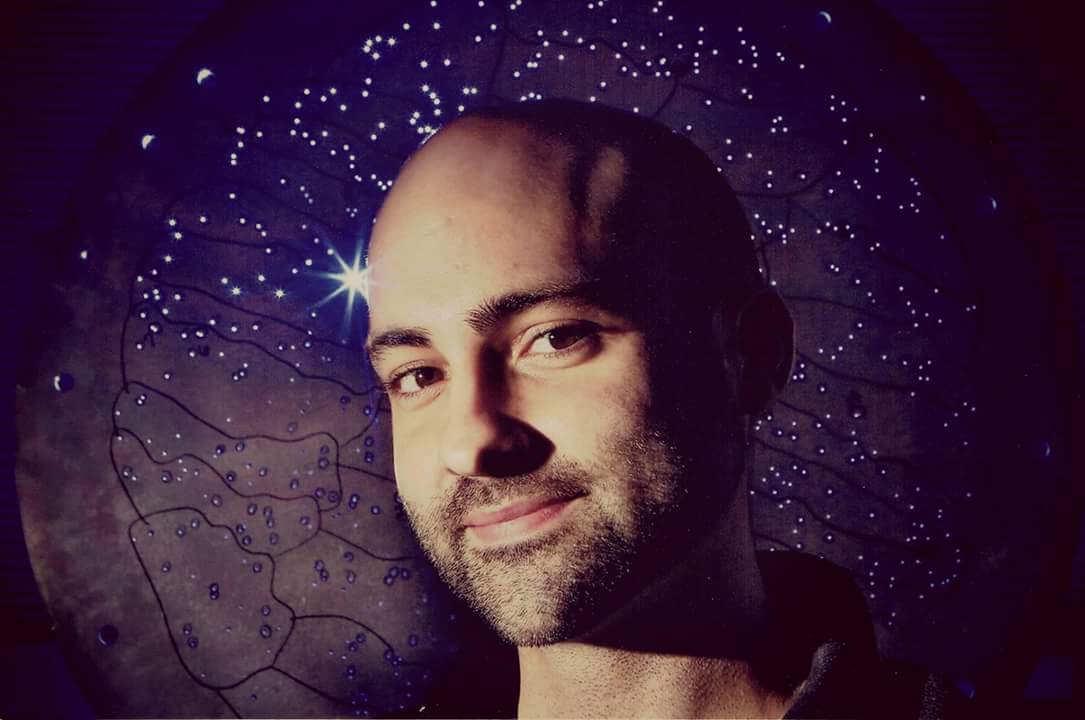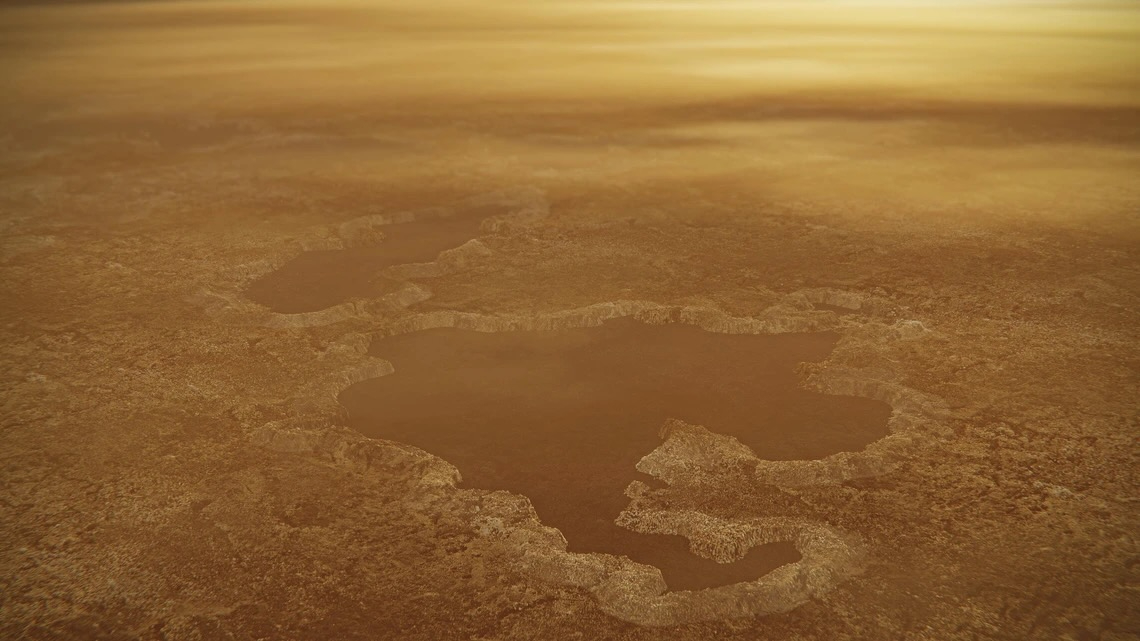Our universe may have a twin that runs backward in time
An anti-universe running backwards in time could explain dark matter and cosmic inflation.

A wild new theory suggests there may be another "anti-universe," running backward in time prior to the Big Bang.
The idea assumes that the early universe was small, hot and dense — and so uniform that time looks symmetric going backward and forward.
If true, the new theory means that dark matter isn't so mysterious; it's just a new flavor of a ghostly particle called a neutrino that can only exist in this kind of universe. And the theory implies there would be no need for a period of "inflation" that rapidly expanded the size of the young cosmos soon after the Big Bang.
If true, then future experiments to hunt for gravitational waves, or to pin down the mass of neutrinos, could answer once and for all whether this mirror anti-universe exists.
Preserving symmetry
Physicists have identified a set of fundamental symmetries in nature. The three most important symmetries are: charge (if you flip the charges of all the particles involved in an interaction to their opposite charge, you'll get the same interaction); parity (if you look at the mirror image of an interaction, you get the same result); and time (if you run an interaction backward in time, it looks the same).
Physical interactions obey most of these symmetries most of the time, which means that there are sometimes violations. But physicists have never observed a violation of a combination of all three symmetries at the same time. If you take every single interaction observed in nature and flip the charges, take the mirror image, and run it backward in time, those interactions behave exactly the same.
This fundamental symmetry is given a name: CPT symmetry, for charge (C), parity (P) and time (T).
Get the Space.com Newsletter
Breaking space news, the latest updates on rocket launches, skywatching events and more!
Related: What is multiverse theory?
In a new paper recently accepted for publication in the journal Annals of Physics, scientists propose extending this combined symmetry. Usually this symmetry only applies to interactions — the forces and fields that make up the physics of the cosmos. But perhaps, if this is such an incredibly important symmetry, it applies to the whole entire universe itself. In other words, this idea extends this symmetry from applying to just the "actors" of the universe (forces and fields) to the "stage" itself, the entire physical object of the universe.
Creating dark matter
We live in an expanding universe. This universe is filled with lots of particles doing lots of interesting things, and the evolution of the universe moves forward in time. If we extend the concept of CPT symmetry to our entire cosmos, then our view of the universe can't be the entire picture.
Instead, there must be more. To preserve the CPT symmetry throughout the cosmos, there must be a mirror-image cosmos that balances out our own. This cosmos would have all opposite charges than we have, be flipped in the mirror, and run backward in time. Our universe is just one of a twin. Taken together, the two universes obey CPT symmetry.
The study researchers next asked what the consequences of such a universe would be.
They found many wonderful things.
For one, a CPT-respecting universe naturally expands and fills itself with particles, without the need for a long-theorized period of rapid expansion known as inflation. While there's a lot of evidence that an event like inflation occurred, the theoretical picture of that event is incredibly fuzzy. It's so fuzzy that there is plenty of room for proposals of viable alternatives.
Second, a CPT-respecting universe would add some additional neutrinos to the mix. There are three known neutrino flavors: the electron-neutrino, muon-neutrino and tau-neutrino. Strangely, all three of these neutrino flavors are left-handed (referring to the direction of its spin relative to its motion). All other particles known to physics have both left- and right-handed varieties, so physicists have long wondered if there are additional right-handed neutrinos.
A CPT-respecting universe would demand the existence of at least one right-handed neutrino species. This species would be largely invisible to physics experiments, only ever influencing the rest of the universe through gravity.
But an invisible particle that floods the universe and only interacts via gravity sounds a lot like dark matter.
The researchers found that the conditions imposed by obeying CPT symmetry would fill our universe with right-handed neutrinos, enough to account for the dark matter.
Predictions in the mirror
We would never have access to our twin, the CPT-mirror universe, because it exists "behind" our Big Bang, before the beginning of our cosmos. But that doesn't mean we can't test this idea.
The researchers found a few observational consequences of this idea. For one, they predict that the three known left-handed neutrino species should all be Majorana particles, which means that they are their own antiparticles (in contrast to normal particles like the electron, which have antimatter counterparts called the positrons). As of now, physicists aren't sure if neutrinos have this property or not.
Additionally, they predict that one of the neutrino species should be massless. Currently, physicists can only place upper limits on the neutrino masses. If physicists can ever conclusively measure the neutrino masses, and one of them is indeed massless, that would greatly bolster the idea of a CPT-symmetric universe.
Lastly, in this model the event of inflation never occurred. Instead, the universe filled with particles naturally on its own. Physicists believe that inflation shook space-time to such a tremendous degree that it flooded the cosmos with gravitational waves. Many experiments are on the hunt for these primordial gravitational waves. But in a CPT-symmetric universe, no such waves should exist. So if those searches for primordial gravitational waves turn up empty, that might be a clue that this CPT-mirror universe model is correct.
Originally published on Live Science.
Join our Space Forums to keep talking space on the latest missions, night sky and more! And if you have a news tip, correction or comment, let us know at: community@space.com.

Paul M. Sutter is an astrophysicist at SUNY Stony Brook and the Flatiron Institute in New York City. Paul received his PhD in Physics from the University of Illinois at Urbana-Champaign in 2011, and spent three years at the Paris Institute of Astrophysics, followed by a research fellowship in Trieste, Italy, His research focuses on many diverse topics, from the emptiest regions of the universe to the earliest moments of the Big Bang to the hunt for the first stars. As an "Agent to the Stars," Paul has passionately engaged the public in science outreach for several years. He is the host of the popular "Ask a Spaceman!" podcast, author of "Your Place in the Universe" and "How to Die in Space" and he frequently appears on TV — including on The Weather Channel, for which he serves as Official Space Specialist.










